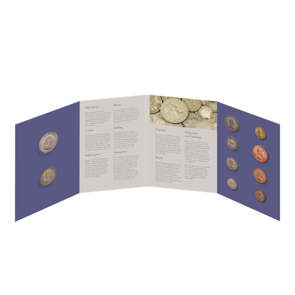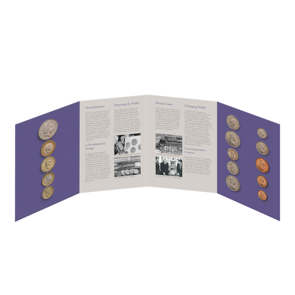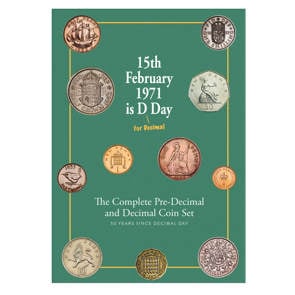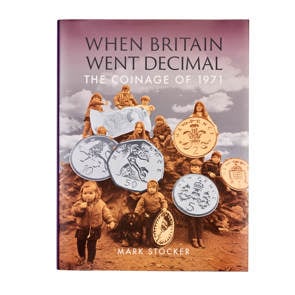Decimalisation
Decimal Day was set for 15 February 1971, when the new coins would be introduced. It was a momentous day for the national currency, and the beginning of a period of planning and changes for The Royal Mint.
For centuries, Britain relied on a coinage system of pounds, shillings and pence. Twelve pennies made a shilling, and 20 shillings a pound.
Decimalisation had been the subject of passionate debate for centuries. As early as the sixteenth century, mathematicians and others had seen the advantages of a decimal system.
The changeover to decimal currency was no small task: the public and businesses of Britain required all the necessary information to make the changeover as smooth as possible.
Britain’s first decimal coins were designed by the sculptor Christopher Ironside FSIA FRBS OBE. Christopher died on 13 July 1992. We asked his widow, Jean, what it was like to live through that momentous time.
Work began in August 1967 to build a completely new Royal Mint. Her Majesty The Queen opened the first phase of the building in December 1968. The decimal bronze coins then went into production.
Britain adopted decimal currency in 1971 but the process of designing the new coins actually began ten years earlier. What did Ironside’s original designs look like?
The first decimal coins that appeared in the United Kingdom back in 1968. Forty years later, in 2008, we wanted to update the coins with a fresh set of designs.
We Recommend
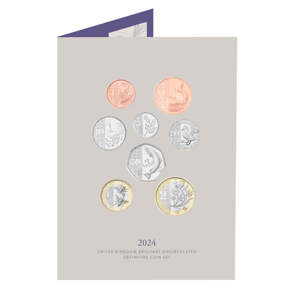
Price: £39.50
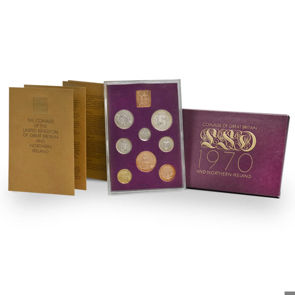
1970 Pre Decimal UK Proof Set
One of the first modern Proof sets to be produced by The Royal Mint
Price: £60.00
